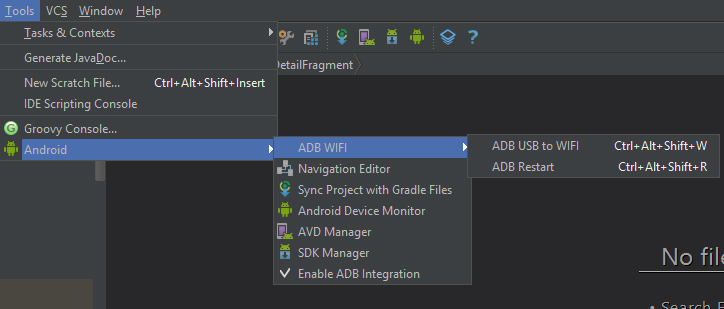Installing Android SDK Tools · codepath/android_guides Wiki · GitHub

From these, groupings may be strung together, compiled, and constructed. Most IDEs come with built-in debuggers, which activate upon the build. If any bugs or errors are spotted, customers are proven which elements of code have issues.
Different IDE’s could offer a unique assortment of instruments as well as proprietary tools solely obtainable to their environment. This is one thing to remember when deciding which environment would work finest for you.
Virtually every IDE could have a textual content editor designed to write and manipulate source code. Some tools could have visible parts to drag and drop entrance-finish parts, however most have a simple interface with language-specific syntax highlighting. Improved organization and supply code management can scale back errors as well as development time. They can typically save variations of a project in case they need to revert a program. Centralizing these tools additionally makes it easier to navigate the supply code in query.
What are the SDK tools?
To start the SDK Manager from within Android Studio, use the menu bar: Tools > Android > SDK Manager. This will provide not only the SDK version, but the versions of SDK Build Tools and SDK Platform Tools. It also works if you’ve installed them somewhere other than in Program Files. There you will find it.

Accordingly, there are numerous industrial and non-commercial options, however each has a special design commonly creating incompatibilities. Some IDEs support multiple languages, corresponding to Eclipse or NetBeans, each based on Java, or MonoDevelop, based on C#. Integrated Development Environmentsoftware class to browse over a hundred totally different solutions and skim hundreds of real-consumer evaluations.
Should I use Android Studio?
You will need to download the Android SDK without Android Studio bundled. Go to Android SDK and navigate to the SDK Tools Only section. Copy the URL for the download that’s appropriate for your build machine OS.
Learn extra about these products and extra Java-specific IDEs in our informative information to finding the bestJava IDEfor software development in 2018. The “built-in” part of IDEs is really what units these tools apart from simple code-editing instruments. Debuggers, compilers, and automation capabilities contribute as well. Code complete features help programmers by intelligently figuring out and inserting common code parts. These features save builders time writing code and reduce the likelihood of typos and bugs.
Those tools have extra drag-and-drop elements than a real IDE, which possesses straight-up code editors integrated with improvement programs similar to compilers, auto-completion, class exploring, and hierarchy diagrams. These are just some of the instruments and features that IDEs can provide for the programmer.
Many embrace additional capabilities to test, manage and refactor code. Additional options corresponding to autocomplete, along with build and deployment capabilities, significantly expand a developer’s capabilities and improve their development speed. Throughout the writing process, one or a number of customers create hierarchies within the IDE and assign teams of code to their designated area.
“First-class Hack help — together with syntax highlighting, type-checking, autocomplete, and click on-to-symbol options — has been an essential requirement on Nuclide from the start,” Bolin said. On the varied Microsoft Windows platforms, command-line tools for improvement are seldom used.
Debugging instruments help customers in figuring out and remedying errors inside source code. They typically simulate real-world scenarios to test functionality and performance. Programmers and software engineers can usually test the varied segments of code and establish errors earlier than the applying is released.